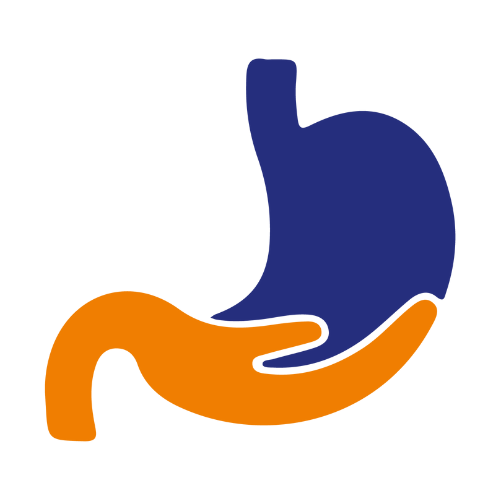Fatty Liver
Fatty liver, medically known as Hepatic Steatosis, is a condition in which excessive fat builds up in the liver cells. A little fat in the liver is normal, but when fat accounts for more than 5-10% of the liver, it is a sign of fatty liver disease.
There are two main types of Fatty Liver Disease:
- Nonalcoholic Fatty Liver Disease
- Alcoholic Fatty Liver Disease or Alcoholic Steatohepatitis
What are the Symptoms?
With ALD(Alcohol-related fatty liver) and NAFLD(Nonalcoholic Fatty Liver Disease), there are usually no symptoms. Some people may have signs such as tiredness or pain in the upper right side of the belly where your liver is.
If you have NASH or get cirrhosis, you may have symptoms such as:
- Swollen belly
- Enlarged blood vessels underneath your skin
- Larger-than-normal breasts in men
- Red palms
- Skin and eyes that appear yellowish, due to a condition called jaundice
What are the Causes?
There are many factors that lead to Fatty Liver Disease :
- Obesity
- Excess belly fat
- Insulin resistance & high insulin levels
- Excessive consumption of refined carbs
- Consumption of sugar sweetened beverages
- Imbalance in gut
How is it Diagnosed?
Because most people don’t have symptoms, these conditions aren’t easy to diagnose.
Your doctor may use different methods to find out if you have fatty liver disease. Some of the things your doctor may use to diagnose fatty liver disease are:
- Health history: Your doctor will ask about your alcohol use. This information can help your doctor tell if you have ALD or NAFLD, so be truthful. They’ll also ask about medications you take, how you eat, and other health conditions you might have.
- Physical exam: Your doctor weighs you and checks your body for signs of liver problems such as an enlarged liver or jaundice.
- Blood tests: These can show if you have high levels of liver enzymes such as alanine aminotransferase (ALT) and aspartate aminotransferase (AST). If so, there could be a problem with your liver.
- Imaging tests: You may get an ultrasound, computerized tomography (CT) scans, or magnetic resonance imaging (MRI). These tests can help show if there’s any fat in your liver. But they can’t tell whether you have simple fatty liver or NASH
- Liver biopsy: Not everyone with NAFLD needs to have a liver biopsy. Your doctor may recommend it if you’re at risk for NASH(Nonalcoholic steatohepatitis) or if other tests show that you may have NASH complications such as cirrhosis. A doctor removes a sample of tissue from your liver and sends it to a lab to see if you have liver inflammation or damage. You’ll get this done at a hospital or outpatient surgery centre. Before the procedure, you’ll get medicine to help you relax or control pain. For the biopsy, your doctor numbs the area and uses a special needle to take a small piece of tissue from your liver. A liver biopsy is the only way for doctors to diagnose NASH.
What are the Risk Factor?
- Genes
- Older Age
- Obesity
- High levels of triglycerides
- Hypothyroidism
- Certain Metabolic disorders
- Hepatitis C or other infections
- Certain Medications
- Exposure to certain chemicals or toxins
- Rapid weight loss
The possible Complications are
- Fluid build up in the stomach
- Drowsiness & confusion
- Liver Cancer
- Liver Failure
How is it Treated?
- Avoid Alcohol: If you have been diagnosed with fatty liver disease, it is best to completely avoid alcohol as it can lead to serious complications.
- Weight Loss : Research indicates that weight loss of about 5% of body weight can help improve liver condition by reducing the fat in the liver. Weight of 7-10% of total body weight may even decrease the inflammation & injury caused to the liver cells.
- Have an Exercise routine: Aerobics along with some resistance training exercises can significantly cut down inflammation. Aim for a good 30 to 60 minute workout for five days a week
- Manage your diabetes: Monitor the diabetes regularly and ensure you take your medications as prescribed.
- Lower your Cholesterol levels: Keeping your triglycerides at healthy levels can definitely help improve your liver condition.
- Eat Right: Following are some of the foods that should be included in your diet.
- Olive Oil
- Vegetables
- Whole grains
- Nuts
- Fruits
- Poultry
- Yoghurt
- Red Meat
- Baked or fried foods
- Sugary products

